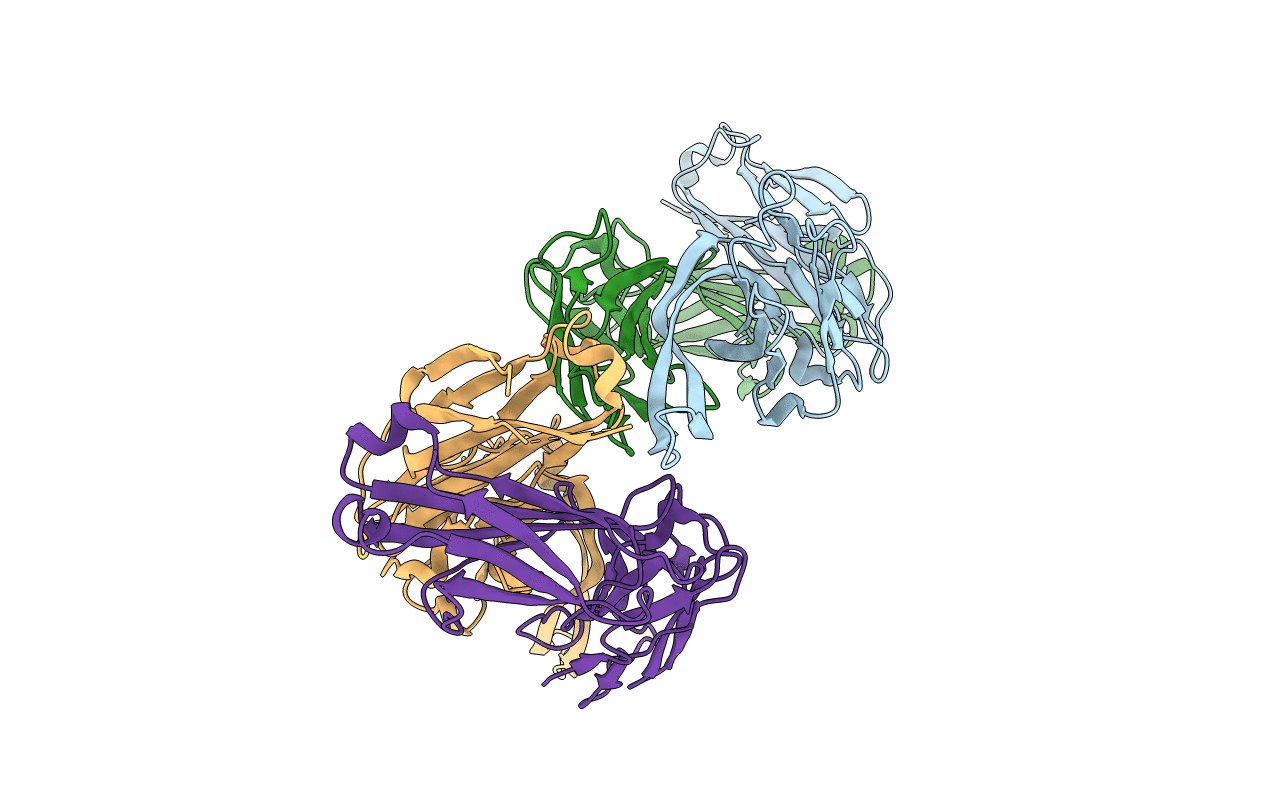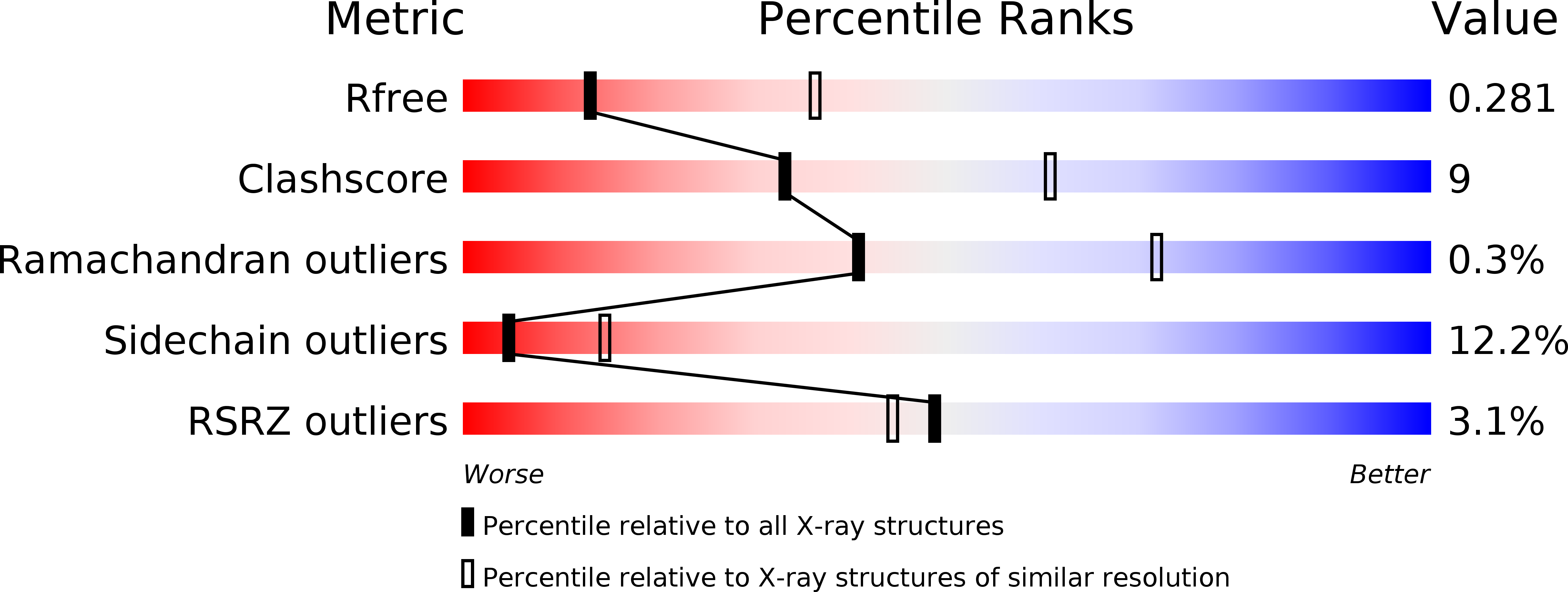
Deposition Date
2017-02-23
Release Date
2017-04-19
Last Version Date
2024-11-20
Entry Detail
PDB ID:
5UY3
Keywords:
Title:
Crystal structure of human Fab PGT144, a broadly reactive and potent HIV-1 neutralizing antibody
Biological Source:
Source Organism:
Homo sapiens (Taxon ID: 9606)
Host Organism:
Method Details:
Experimental Method:
Resolution:
2.90 Å
R-Value Free:
0.28
R-Value Work:
0.24
R-Value Observed:
0.24
Space Group:
P 1


